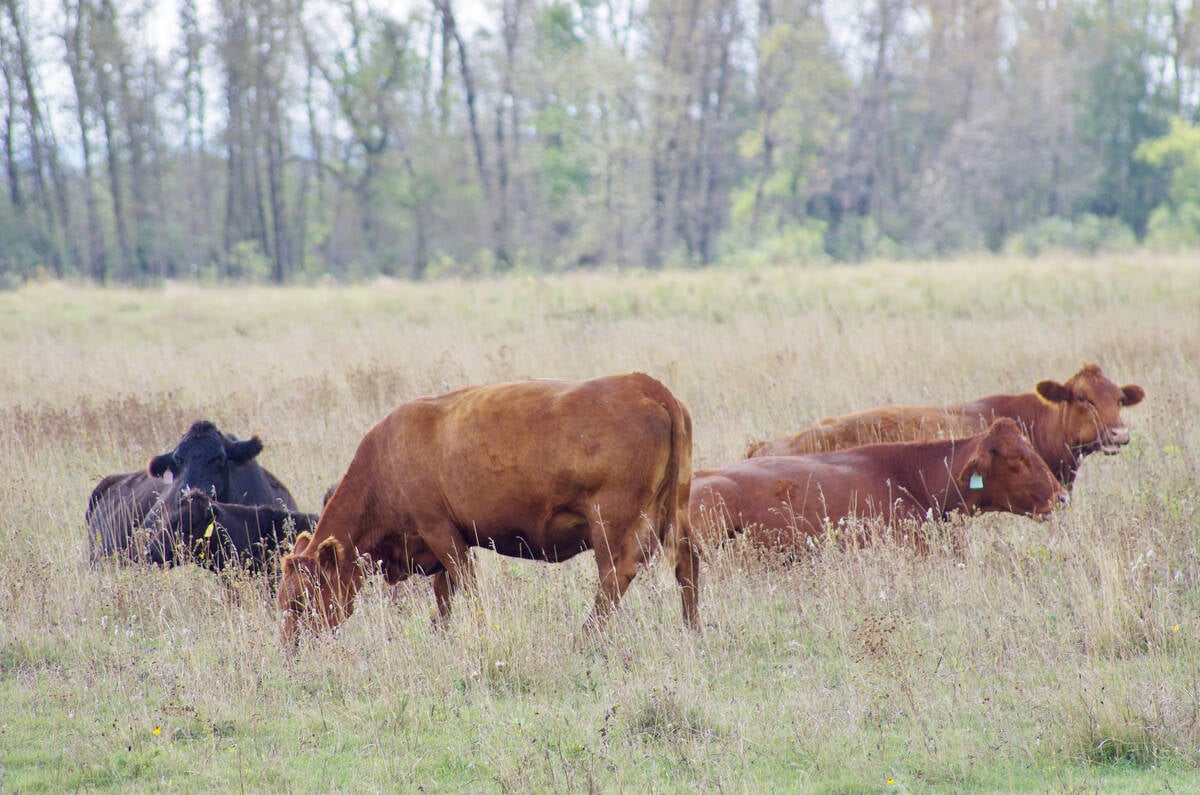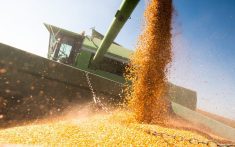CNS Canada –– Chicago corn and soybeans both suffered heavy losses during the week ended Wednesday, as a supply and demand survey by the U.S. Department of Agriculture projected better-than-expected harvests.
The report pegged U.S. corn output at 13.686 billion bushels while soybean output was pegged at 3.916 billion bushels. Both numbers were larger than estimates made by analysts heading into the report.
“It got ugly; the yields the USDA gave us were a lot larger than the trade had been anticipating,” said Brian Rydlund, a market analyst with CHS Hedging in St. Paul, Minn.
Read Also

U.S. livestock: Chicago cattle futures climb on post-Thanksgiving trade
Chicago | Reuters – Chicago Mercantile Exchange’s live and feeder cattle futures ticked up on Friday in a day of…
The most-active November soybean contract actually crept as low as $9.01 per bushel at one point, a far cry from the $10 range it was sitting at just a month ago (all figures US$).
CBOT corn was more muted in its descent but still managed to push the most-active December contract to $3.68 a bushel.
The big question now, Rydlund said, is whether the steep plunge is merely setting up either of the commodities for a sharp corrective rise.
“I wouldn’t be surprised to see a correction higher tomorrow (Aug. 13),” he said.
Technically speaking, he said, the market looks poised to bounce even though there may not be a solid reason to do so.
“Fundamentally, I don’t see any reason for it,” he said.
Economic volatility within the Chinese currency was also bearish for values, according to analysts. On both Aug. 11 and 12 the Chinese government allowed its currency, the yuan, to depreciate in value, which sent commodity-based stock markets around the world reeling.
“The equity nervousness we’ve had, because of what’s going on in China, certainly plays into this (downward plunge of corn and soybeans) too,” Rydlund said.
— Dave Sims writes for Commodity News Service Canada, a Winnipeg company specializing in grain and commodity market reporting. Follow CNS at @CNSCanada on Twitter.














